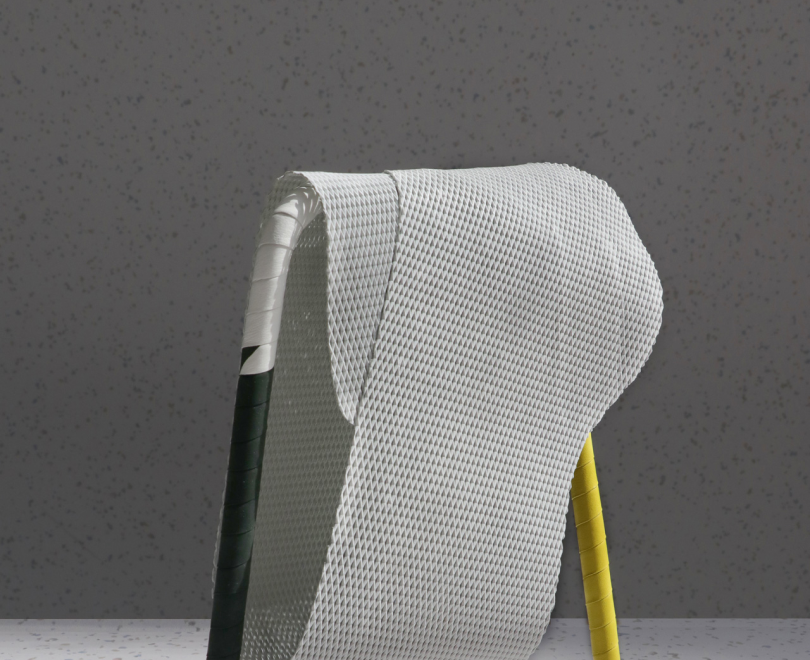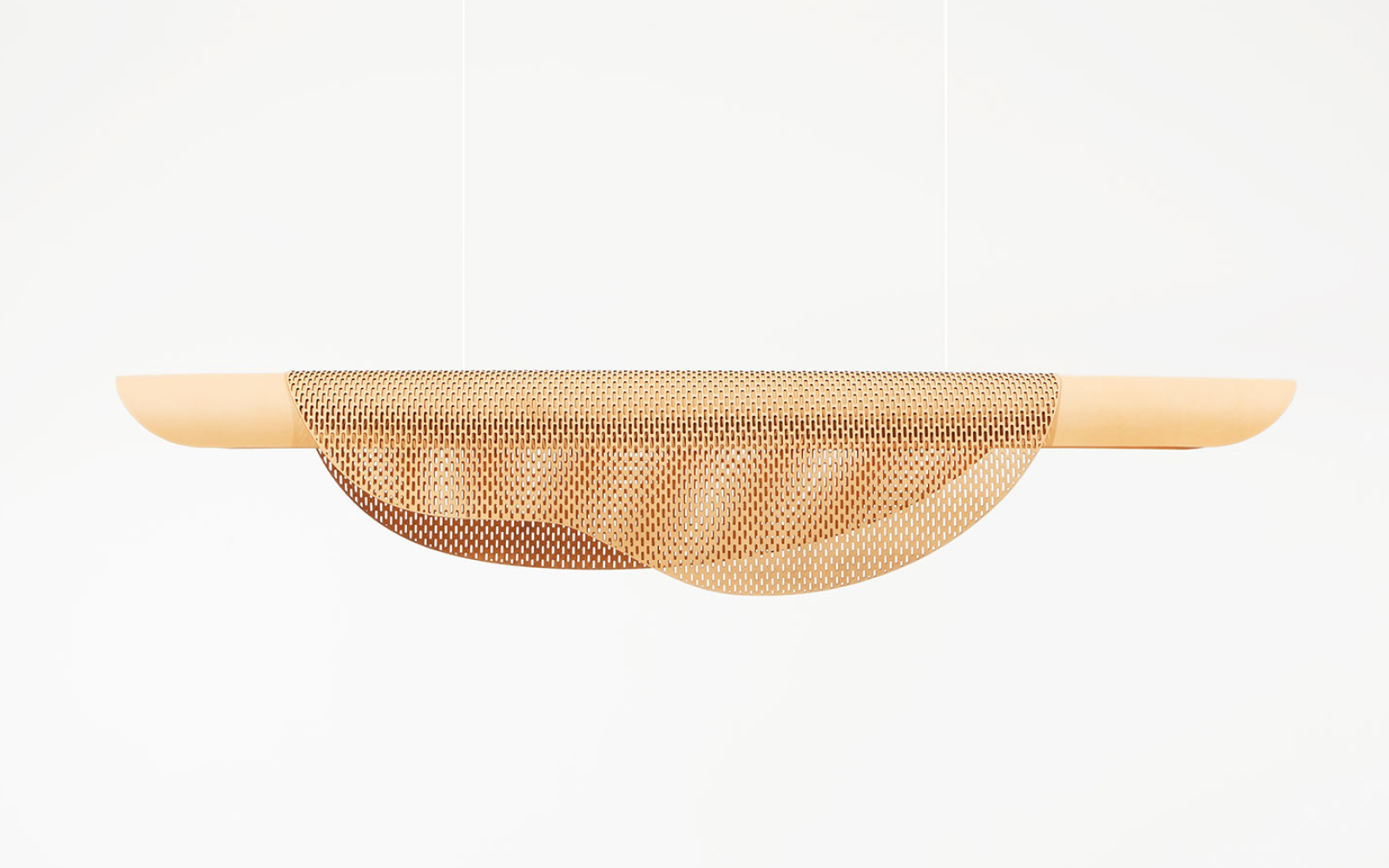We are constantly researching and discovering new creative people in our line of work. The ones who rise to the surface usually have something in common.
The designers, artists, illustrators, photographers and animators who get noticed either:
A. Are extremely talented or skilled
B. Have a “thing”
C. Have a “thing” and are extremely good at it
In other words, it’s the exceptions that get attention. To find a story newsworthy, a journalist needs an angle. For your work to stand out, you need an angle, too. That leaves you with one of the three above options.
I find the second option the most interesting: Having a “thing.” If you’re not yet extremely good at what you do, this is your backdoor to getting your work noticed.
By having a thing I mean, creating something so niche and so particular to you, we are drawn to it out of sheer curiosity and novelty. You don’t necessarily need to be amazing at your thing. You just need to be the only one who does it.
Now the tricky part is, you can’t necessarily fake or force this. The people who become known for their niche usually don’t start out with the desire to become known. They are simply pursuing a weird, unusual, singular interest – and going all in on that. I can name several of them I’ve seen just this week: An illustrator who exclusively draws puppies. An artist obsessed with upending the power dynamic between men and women. A 3D motion designer focused entirely on mushrooms.
"The point is that you open yourself up to your genuine, specific and even weird fixations."
These people found something that interested them, something they couldn't get out of their head, and made it their specialty. Nobody even considered puppies a possible specialty before this illustrator claimed it. No one would have guessed mushrooms would catapult a 3D designer into the public sphere. We didn’t think of it ourselves until someone else showed us how interesting it could be.
This passion may be fleeting, and that’s fine. It’s those passing interests that lead me to my best side projects. And those side projects inevitably lead to other opportunities. The point is that you open yourself up to your genuine, specific and even weird fixations. Don’t judge them. Don’t overthink them. Just follow them and see where they lead you.
If something specific fascinates you – even if it’s as seemingly mundane as the way light hits dust in a photograph, or how chewed gum might look as an animated character – let yourself follow that interest as far as your heart desires.
Getting noticed is a nice side effect. Exploring uncharted territory is the greatest thrill of all.



